BLENDED LEARNING SERIES PART #7: The "deppilF moorssalC" Model (Read from Right to Left)
If this is the first blog post you read in this series, I’d like reiterate what is Blended Learning before you read any further. From Wikipedia:
“Blended learning is a formal education program in which a student learns at least in part through delivery of content and instruction via digital and online media with some element of student control over time, place, path, or pace.”
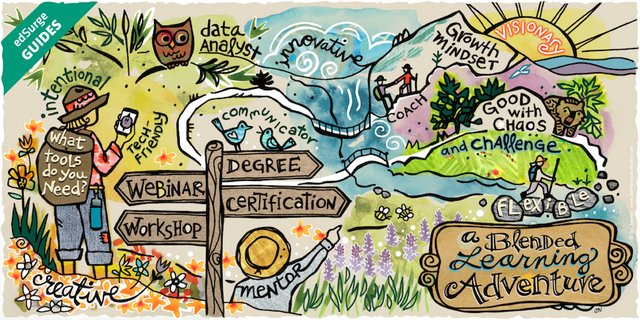 PHOTO CREDIT: EDSURGE.COM
PHOTO CREDIT: EDSURGE.COM
The Flipped Classroom
As the name implies, this BL model reverses the standard setup of a classroom. Instead of having the teacher giving lectures inside the class with students listening and taking notes, the Flipped Classroom allows the teacher to provide the lecture ahead of time for the students to study with before coming to class.
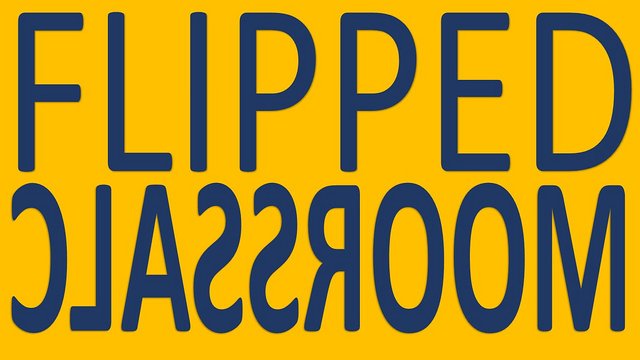
The lecture is, most of the time, in the form of audio or video, but mostly video lectures uploaded online using a website like YouTube and other video streaming websites. Most of the time the video or any form of digital resource is stored in a learning management system (LMS) like Moodle or Schoology as most of the LMS allow collaboration between students within the system.
Repurposing of Class Time
One important value of the Flipped Classroom is how class time is maybe used other than just the teacher giving lecture in the class for 25 minutes. The class now may be converted into a workshop where students interact with one another about their project, apply what has been learned through the video previously watched, and ask questions about concepts not fully understood.
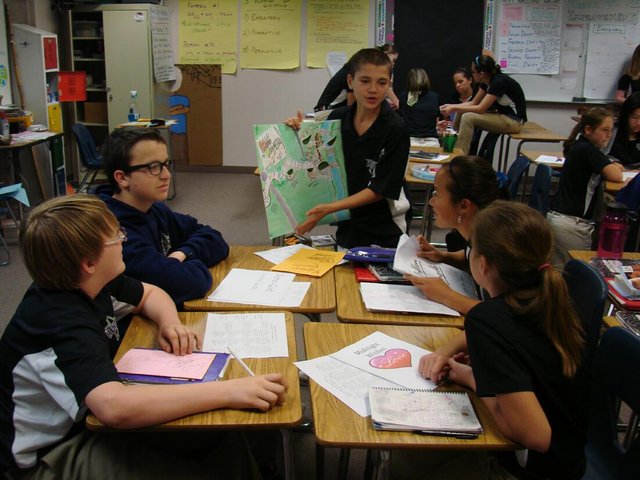
PHOTO CREDIT: CORBETTHARRISON.COM
The teacher, at the same time, act as facilitator instead of claiming the “Sage in the stage” status. Teachers guide students in a more personal level encouraging them to ask questions they don’t normally ask during “lecture time”.
Creating an Effective and Efficient Learning Environment
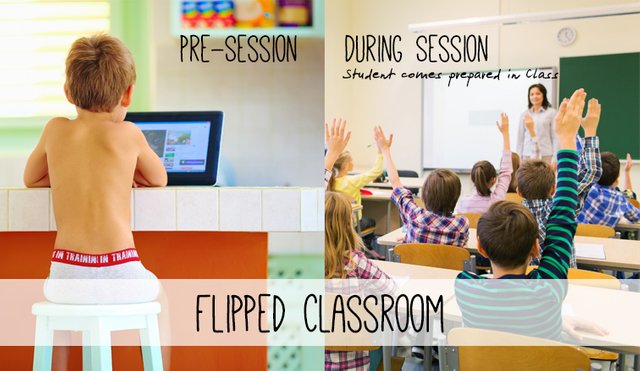
PHOTO CREDIT: WIZIQ.COM
In this BL model, teachers take the role of the “experts” that provide “consults” when needed. After the students have watched or listened to pre-recorded video tutorials or lectures the day before the class, activities to apply what has been learned from the pre-recorded resources is launched.
In my experience, which I found very effective, multiple video tutorials focusing on one topic give students a comprehensive understanding of the concept I want to convey. For example, if I want them to learn how to create animation using Adobe Premiere Pro, I would find 3 or 4 videos along this line, each video covers the skill I need them to learn, yet each video may have additional information that is not found in the other videos.
My role in a flipped classroom makes me move around and see the progress of each students and at the same time attending to each individual’s need. Some students may not need any assistance at all yet some may have to be guided step by step. This does not hamper learning of students who are fast learners yet I am able to assist those students who need help.
Some teachers may not like the idea of having a full implementation of the flipped classroom and choose only a few sessions every quarter. I chose to do this on a whole-year scale implementation. My lecture time lessens but my guidance with individual students is heightened into a more personalized level.
Challenges of Flipped Classroom
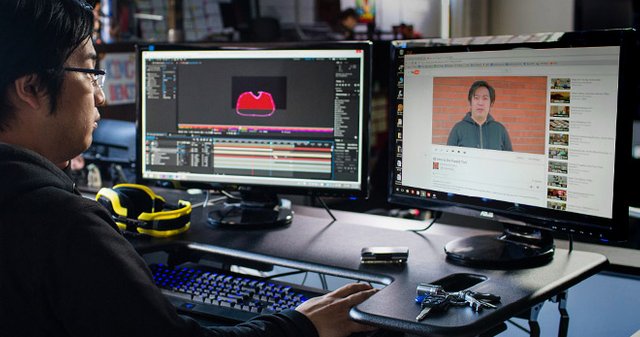
PHOTO CREDIT: ADOBE.COM
One of the challenges of a flipped classroom are the resources to be used. You can try creating your own resources but time and efforts are your most expensive raw materials. Creating a 5-minute video may take 1 or 2 hours of editing if you really want to put work into it. It also requires skills in video editing, so if you are not familiar with this process, your most valuable option is to use other people’s work.
Using other people’s work, like researching video tutorials from YouTube is easier than creating your own. The downside is, the video may not cover the nitty-gritty details you want included in the video. That is why, multiple video tutorials are recommended.
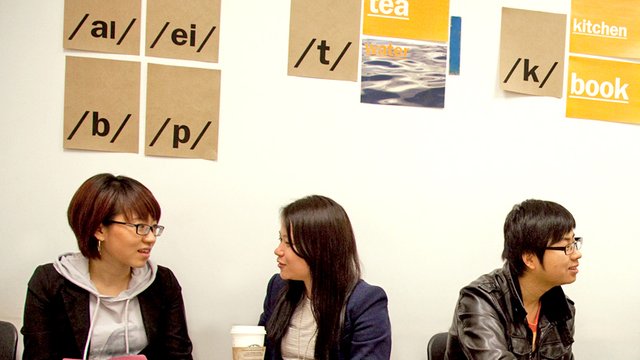
PHOTO CREDIT: NEWSCHOOL.EDU
Another challenge, especially in a school where English is not the native tongue, is that students are having a hard time understanding what the video author is saying. Sometime unclear pronunciation of words, or inadequate sentence construct will throw off some students and get frustrated.
In addition to the challenges mentioned above, some students may not have access to internet at home thereby denying them the chance of watching/listening to the resources.
Flipped Classroom Done Right

PHOTO CREDIT: GETTINGSMART.COM
Success in the Flipped Classroom environment depends largely in the planning of the course, preparing the resources (audio/video), and the commitment of the teacher to follow through the correct implementation of this model.
Students will have more time for themselves, learning by themselves, and developing self-confidence while collaborating and discussing with other students.
excellent post, congratulations
thanks for your kind words, @jlufer ;-)